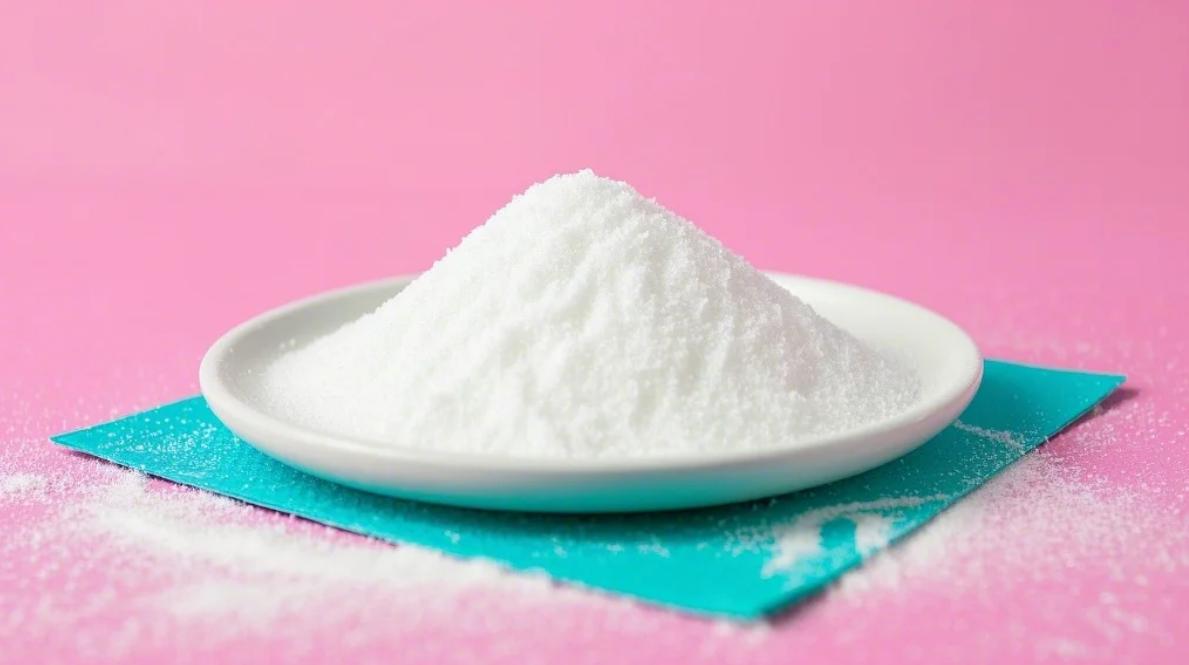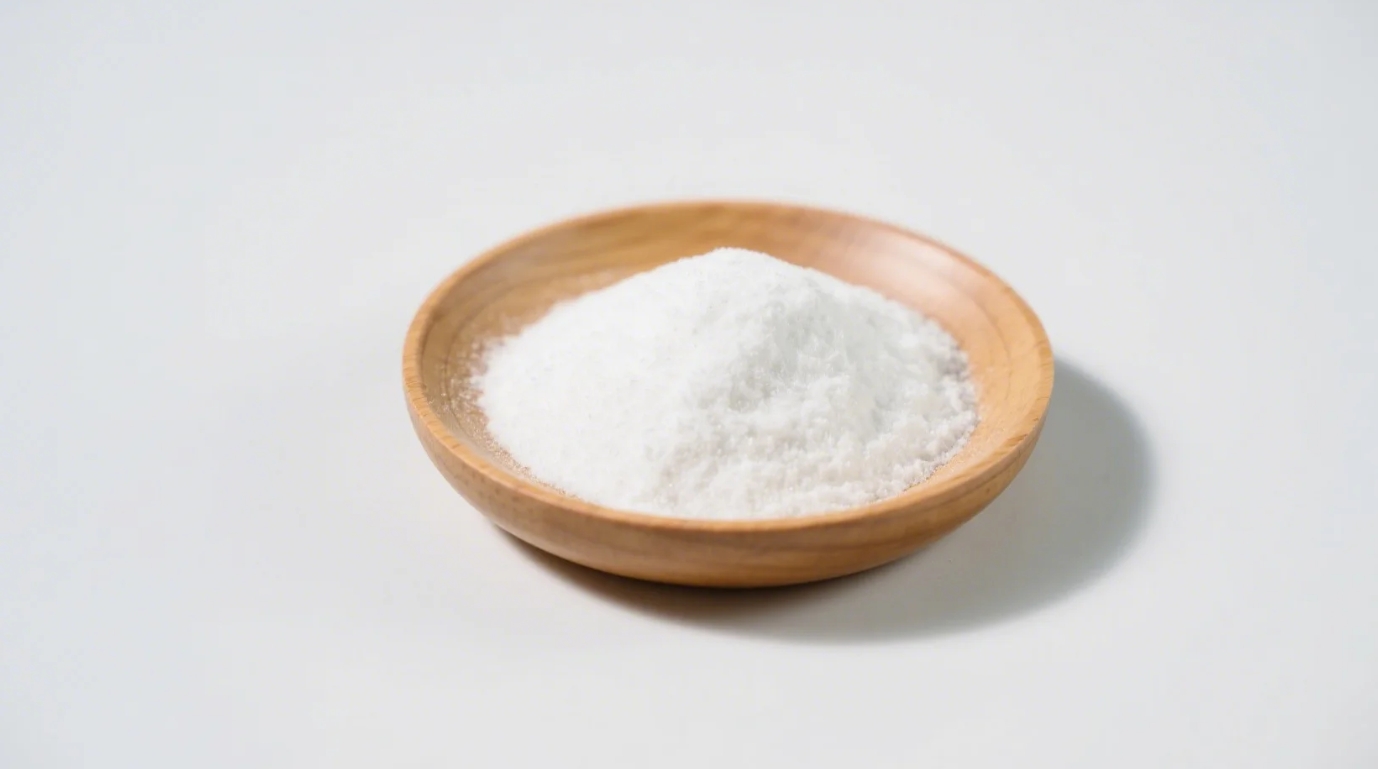Beneath the neon glow of Tokyo’s Pasona Urban Farm, rows of lettuce float in nutrient-rich mist, their roots absorbing a secret weapon dissolved in water: organic dextrose. This plant-derived sugar, once relegated to sports drinks and IV drips, is now the unsung hero of vertical farming—turbocharging growth rates, slashing energy costs, and redefining what it means to grow food in the age of climate chaos.

The Light-Blocked Paradox
Vertical farms promise year-round harvests with minimal land, but their Achilles’ heel has always been energy. LED lights devour electricity (up to 60% of operational costs), while plants strain to photosynthesize under artificial conditions. Enter organic dextrose—a carbon source so simple, yet so transformative, that it’s flipping the script on indoor agriculture.
How It Works:
- Night Shift Fuel: When lights dim to simulate night, plants typically burn stored sugars, stunting growth. Adding dextrose to hydroponic solutions provides instant glucose, allowing round-the-clock growth.
- Root Rocket: A 2023 Nature Horticulture study found dextrose-treated basil roots absorb nutrients 30% faster, reducing needed light exposure from 18 to 12 hours daily.
- Stress Shield: Glucose strengthens cell walls, helping plants withstand humidity swings common in stacked farms.
Tokyo’s Sky-High Salad Revolution
At GreenSpire Farms, a 20-story vertical facility in Shinjuku, dextrose is the linchpin of their “Zero Dark Growth” system:
- Yield Surge: Lettuce matures in 14 days (vs. 21 days conventionally), with 40% larger leaves.
- Energy Savings: Reduced lighting slashes power bills by $12,000/month.
- Water Wisdom: Closed-loop dextrose solutions recycle 95% of water, critical in drought-prone regions.
“It’s like giving plants an espresso shot during their graveyard shift,” says Dr. Akira Sato, lead agronomist.
Dextrose vs. Traditional Nutrients: The Numbers Don’t Lie
| Metric | Dextrose-Enhanced | Standard Hydroponics |
|---|---|---|
| Growth Speed | 14 days (leafy greens) | 21–28 days |
| Energy Use | 0.8 kWh/kg | 2.1 kWh/kg |
| Yield per Rack | 18 kg/month | 12 kg/month |
| CO2 Footprint | 0.3 tons/ton produce | 0.9 tons/ton produce |
From Lab to Urban Oasis
- Precision Dosing: Sensors monitor glucose levels in real-time, auto-dispensing via microfluidic systems.
- Circular Economy: Dextrose is sourced from farm waste (e.g., corn cobs, rice husks) processed into food-grade sugar.
- AI Optimization: Machine learning adjusts dextrose ratios based on plant age, species, and ambient CO2.
In Singapore’s SkyGreens, this tech has birthed “glucose-responsive” bok choy that adjusts its sugar uptake based on LED intensity—a world first.
The Skeptics and Solutions
Critics argue dextrose could encourage “lazy plants” reliant on external sugars. But trials at MIT’s OpenAg initiative disprove this:
- Post-Harvest Vigor: Dextrose-grown greens show longer shelf life (10–14 days vs. 7 days).
- Nutrient Density: Vitamin C levels in treated kale exceed soil-grown counterparts by 22%.
The Future: Sweetening Global Food Security
- Desert Domes: Dubai’s SandFarm project uses dextrose to grow wheat in solar-powered dunes.
- Space Farming: NASA trials dextrose-infused hydroponics for Mars colonies, where sunlight is scarce.
- Carbon Credits: Farms like Berlin’s VerticalVeg sell CO2 offsets from reduced energy use.
A Taste of Tomorrow
Organic dextrose isn’t just feeding plants—it’s nourishing a vision where skyscrapers brim with hyper-efficient greenery, where cities feed themselves without devouring wilderness. As climate volatility intensifies, this unassuming sugar may well become the cornerstone of our edible future.
Recommended Product
Organic Dextrose Powder
Natural Energy Source for Food, Beverage, Pharma & Sports Nutrition
